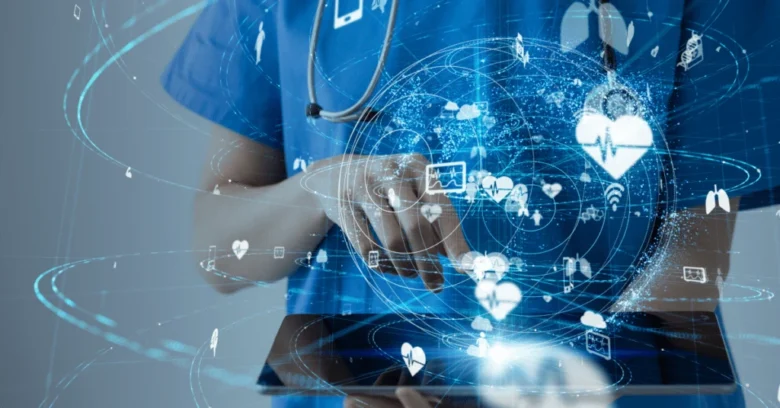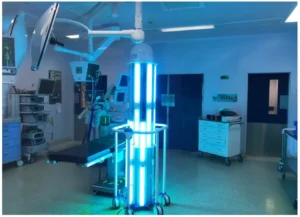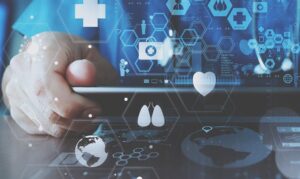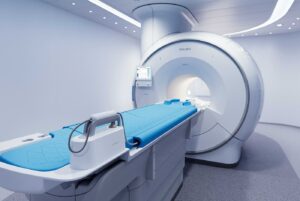Telemedicine has rapidly evolved from a specialist service to a common way for people to access healthcare. It has revolutionized the way doctors and patients communicate. At the heart of this transformation are a range of key technological tools that enable remote consultations, diagnoses, treatments, and follow-up care. These tools make healthcare not only more accessible but also easier, more effective, and tailored to each individual’s individual needs. Telemedicine is changing the way healthcare is delivered, enabling millions of people worldwide to access high-quality care from anywhere. This is made possible by advances in communications, data management, and wearable technology.
Secure Messaging and Communication Apps
In addition to video calls, secure messaging apps are essential to telemedicine. They allow patients and doctors to message each other, share test results, and ask short questions without having to speak to each other. These apps often allow patients to share multimedia files, such as images or videos of their symptoms, to help doctors make better diagnoses. Encryption and authentication protocols ensure that all conversations remain private. Messaging tools provide both parties with the flexibility to communicate at a time that is convenient for both parties while still providing access to care.
Remote Patient Monitoring Devices
Remote Patient Monitoring (RPM) devices are a key technology that has taken telehealth beyond virtual encounters. These devices can be worn or used at home and can track important data,, such as blood pressure, heart rate, blood sugar levels, oxygen saturation, and even breathing patterns. The collected data is sent securely to healthcare providers, either in real time or periodically. This continuous monitoring allows physicians to detect changes in a patient’s condition early and take action before it worsens. RPM devices are extremely useful in managing chronic conditions such as diabetes, hypertension, and heart failure, as they can improve treatment outcomes and reduce the number of doctor visits.
Mobile Health Apps for Managing Your Own Health
Mobile health apps are a natural fit for telehealth because they put patients in control of their health. These apps can help you remember to take medications, track symptoms, learn new things, and schedule appointments. Some apps work with wearables to provide a complete picture of the user’s health. Mobile health apps can help people manage chronic conditions and stay healthy by making it easier to track their health and encourage healthy habits. They are an important tool in the telehealth ecosystem because they are easy to use and accessible. They bridge the gap between virtual visits.
Store and Access Data in the Cloud
Cloud computing infrastructure is essential to making telehealth more scalable and accessible. Cloud services keep patient records, visit notes, and medical images secure so that providers can access this information anytime, anywhere, and on any device. Cloud computing also provides the processing power needed for artificial intelligence (AI) applications and real-time data analysis. Cloud platforms can easily accommodate increased demand and ensure that telehealth systems remain reliable during peak usage. Strong encryption and adherence to health data standards ensure that private and sensitive information is secure.
Fast Internet and Mobile Connections
Reliable, rapid Internet and mobile connections are essential for telehealth to function properly. Without a fast, stable connection, video calls and data transfers can be delayed, interrupted, or even unavailable. Thanks to improvements in broadband infrastructure, 4G and upcoming 5G networks, telehealth services are now more accessible and of higher quality. Patients can now communicate with healthcare providers via smartphones and tablets, making care more accessible to people in rural and underserved areas. Better connectivity bridges geographic differences, allowing specialists to provide care to patients who would otherwise be difficult to reach.
Digital Diagnostic Tools and Imaging
Digital diagnostic tools are increasingly being used in telemedicine. Healthcare providers can remotely access high-quality images and sounds through portable instruments such as digital stethoscopes, otoscopes, and dermatoscopes. These devices allow physicians to perform parts of physical examinations remotely, which can improve the accuracy of diagnoses. Teleradiology services allow specialists to view and quickly interpret X-rays, CT scans, and MRI scans remotely. These digital diagnostic technologies enable telemedicine to go beyond simple consultations to comprehensive remote assessments.
Integrating E-prescriptions with Pharmacies
E-prescriptions are a key technology that simplifies medication management in telemedicine. Physicians can electronically route prescriptions to the patient’s designated pharmacy after a virtual consultation. This reduces errors that can occur with handwritten prescriptions and speeds up processing. Some telemedicine platforms work directly with pharmacy systems, allowing patients to order medications for home delivery or in-person pickup. E-prescriptions make it easier for patients to obtain medications, making it easier for them to adhere to treatment plans.
Cybersecurity Solutions to Protect Patient Data
As telemedicine continues to grow in popularity, it is more important than ever to protect patient data from cyberattacks. Encryption, multi-factor authentication, firewalls, and intrusion detection systems are just a few of the advanced cybersecurity measures hospitals and telemedicine providers are using. These protections prevent sensitive medical information from being accessed by those who should not have access to it and ensure data protection compliance. Continuous monitoring and security updates help protect telemedicine systems from emerging cyberthreats, maintaining patient trust and quality of care.
Conclusion
A complex network of technology tools has made the telemedicine revolution possible by enabling remote, high-quality care. Video conferencing, secure text messaging, AI chatbots, and remote monitoring devices are just a few examples of how these tools are helping patients and physicians stay connected outside of traditional clinical settings. Cloud computing, mobile networks, digital diagnostics, and electronic prescriptions have made telemedicine more practical and convenient. As these technologies continue to improve and work together, telemedicine will benefit more people, provide more help to patients, and become an important part of the global healthcare system.
FAQs
1. What is telemedicine?
Telemedicine refers to the use of digital tools such as video conferencing, messaging, and remote monitoring devices to provide medical care remotely.
2. What technologies are required for telemedicine?
Video conferencing platforms, secure messaging apps, electronic health records, remote monitoring devices, mobile health apps, artificial intelligence tools, cloud computing, and high-speed internet are some of the key technologies.
3. What do remote monitoring devices do?
They collect data about patients’ heart rates or blood sugar levels at home and send it securely to medical professionals so they can monitor it at any time.
4. Is telemedicine safe?
Yes, if telemedicine platforms use proper cybersecurity, such as encryption and authentication, patient data can be kept safe.




